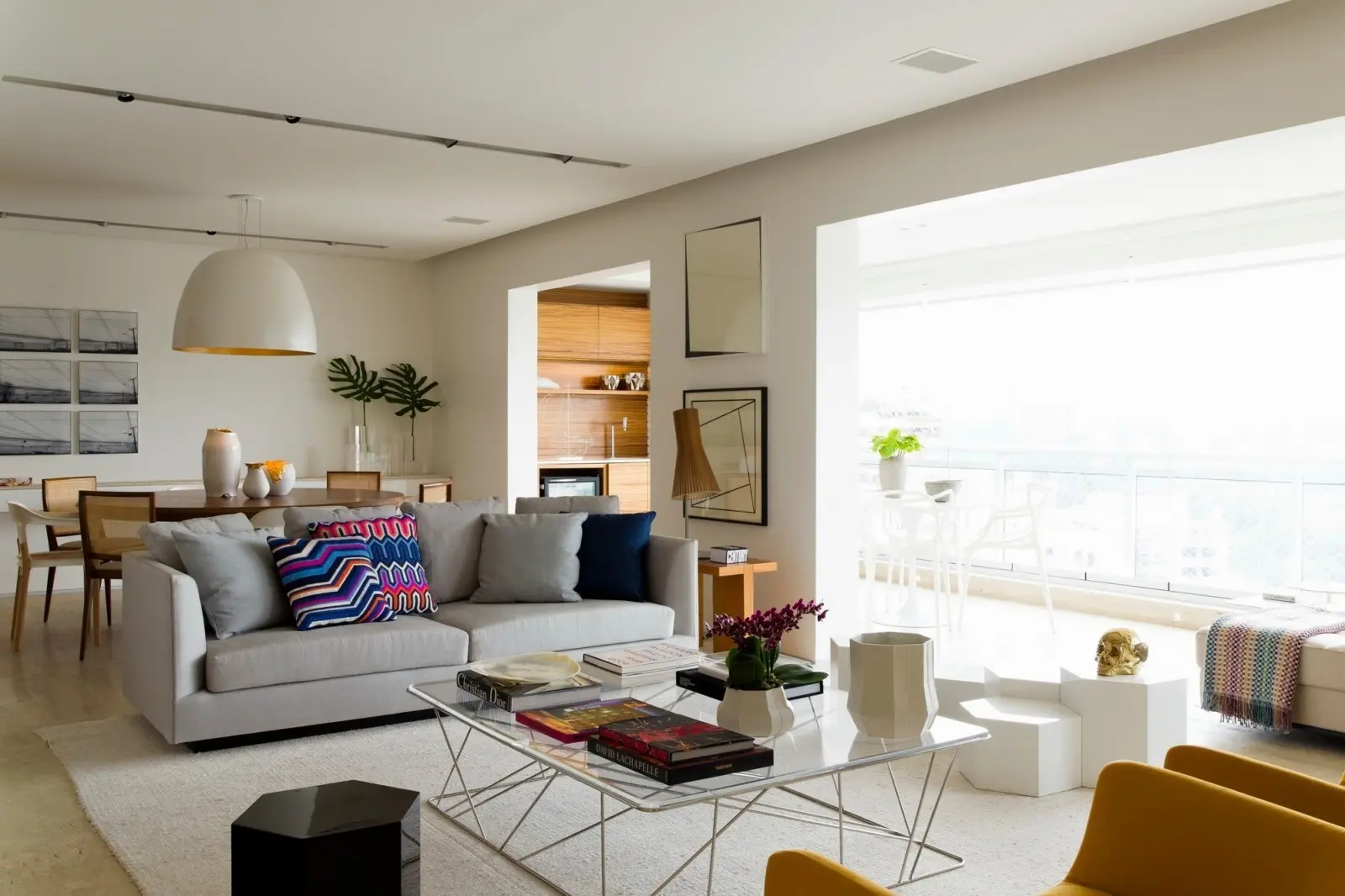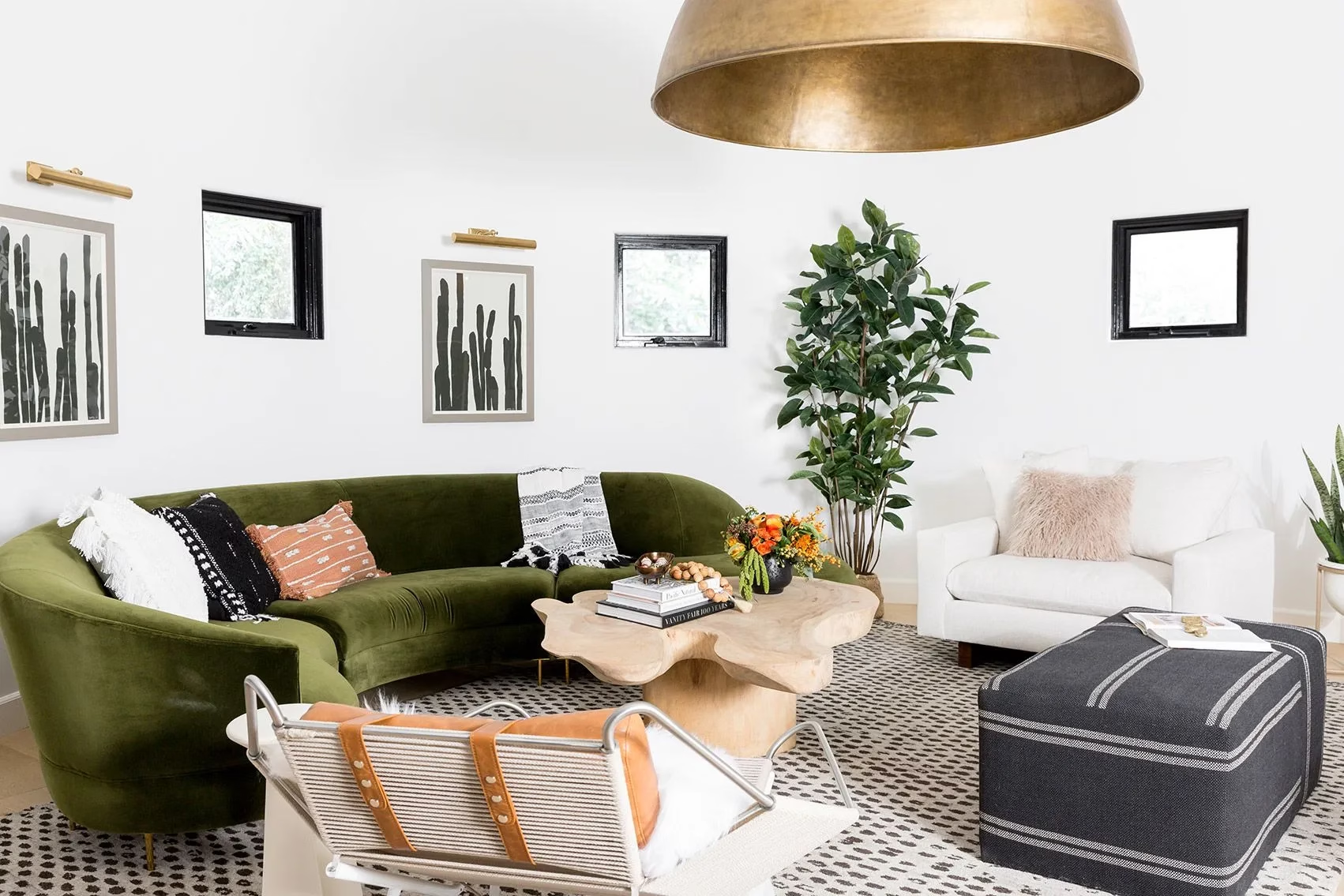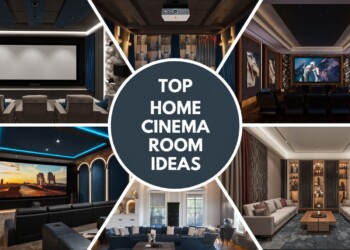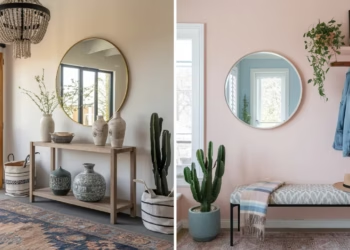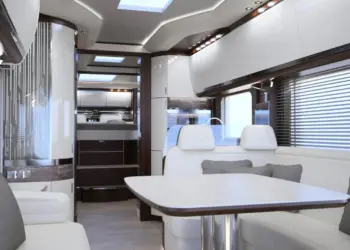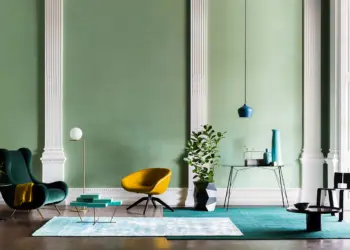Step into a world where design becomes an expression of emotion, where every stroke of a brush or placement of furniture serves a purpose. Welcome to the mesmerizing realm of interior design, where the art of emphasis takes center stage, captivating hearts and minds alike. In this article, we delve into the transformative power of emphasis in interior design, exploring how the strategic use of color, texture, and space can evoke specific feelings and enhance the atmosphere of any room.
With an understanding of the impact that design has on our subconscious, interior designers skillfully manipulate elements to create a harmonious synergy between aesthetics and functionality. By placing emphasis on certain aspects of a space, they direct our attention and guide us through a carefully crafted narrative. From the dramatic focal point that draws us in, to the subtle touches that create a sense of balance and tranquility, every detail contributes to the overall experience.
Join us as we unravel the mysteries behind the art of emphasis in interior design. Discover how the strategic arrangement of furniture can create a sense of flow, how the right lighting can evoke a range of emotions, and how even the smallest decorative elements can make a big impact. Get ready to be inspired as we embark on a journey through the transformative power of interior design.
The role of emphasis in interior design
Emphasis plays a crucial role in interior design, as it allows designers to control where the eye is drawn and what elements stand out in a space. It is a powerful tool that can be used to create a focal point, establish a hierarchy of importance, and evoke specific emotions. By strategically emphasizing certain elements, designers can enhance the overall atmosphere and mood of a room.
One of the key principles of emphasis in interior design is contrast. Contrast can be achieved through the use of color, texture, shape, and scale. For example, a room with predominantly light colors can have a bold, dark-colored focal point that immediately grabs attention. Similarly, a space with mostly smooth surfaces can have a textured wall or piece of furniture that adds visual interest and draws the eye.
Another important aspect of emphasis is the concept of visual weight. Different elements in a room carry varying degrees of visual weight, which is determined by their size, color, and placement. By strategically placing heavier objects or using bolder colors in specific areas, designers can create a sense of balance and harmony in a space.
Creating focal points in your space
Focal points are essential in interior design as they serve as the visual anchor of a room. They draw the eye and create a sense of interest and intrigue. There are various ways to create focal points, depending on the desired effect and the style of the room.
One popular method is to use a statement piece of furniture or artwork as the focal point. For example, a large, colorful painting hanging above a fireplace can become the centerpiece of a living room, commanding attention and setting the tone for the entire space. Similarly, a unique and eye-catching piece of furniture, such as an ornate chandelier or a vintage sofa, can become a focal point in a dining room or a sitting area.
Another effective way to create a focal point is through architectural features. A room with a large, arched window or a grand staircase automatically becomes a focal point, as these elements are visually striking and naturally draw attention. By highlighting these architectural features with appropriate lighting and complementing furniture, designers can further emphasize their importance in the overall design.
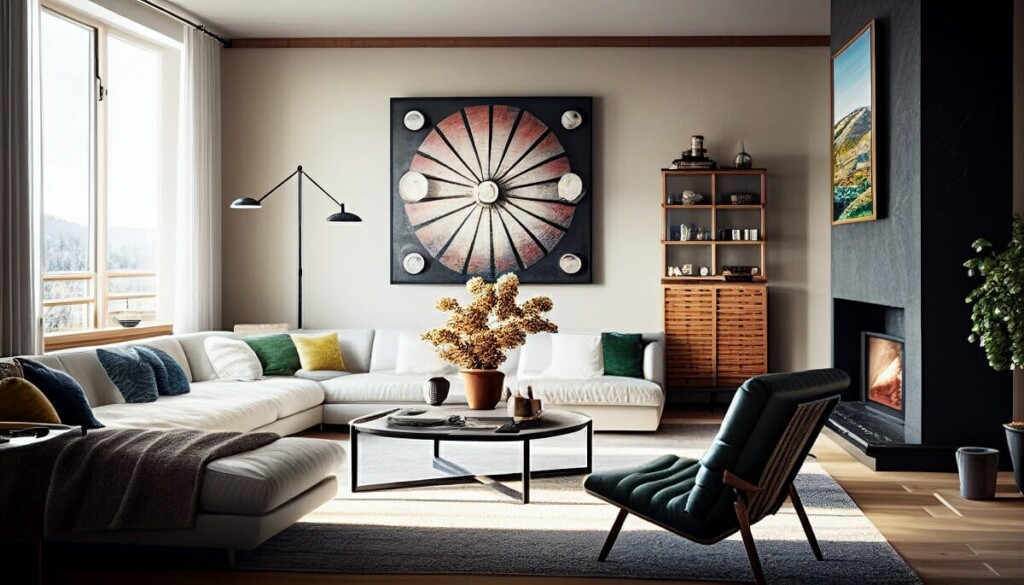
Using color as a tool for emphasis
Color has a profound impact on our emotions and can be used effectively to create emphasis in interior design. Different colors evoke different feelings and can be used to set the mood of a room. Warm colors like red, orange, and yellow tend to create a sense of energy and excitement, while cool colors like blue, green, and purple are more calming and soothing.
To create emphasis with color, designers often use the concept of color contrast. By placing complementary colors or contrasting hues next to each other, they can create visual interest and draw attention to specific areas. For example, a room with predominantly neutral colors can have a vibrant, contrasting accent wall that becomes the focal point of the space.
Color can also be used to create emphasis through the use of color psychology. By selecting colors that are associated with specific emotions or qualities, designers can create a desired atmosphere in a room. For example, blue is often used in bedrooms and bathrooms to create a sense of calm and relaxation, while yellow is often used in kitchens and dining areas to stimulate appetite and create a cheerful atmosphere.
The impact of lighting on emphasis
Lighting is a powerful tool in interior design that can dramatically enhance the emphasis of certain elements in a space. Different types of lighting, such as ambient, task, and accent lighting, can be used to create different effects and draw attention to specific areas.
Ambient lighting provides overall illumination in a room and sets the mood. It can be used to create a soft, warm glow that envelops the space or a bright, cool light that energizes the environment. By adjusting the intensity and color temperature of ambient lighting, designers can enhance the emphasis of certain elements and create a desired atmosphere.
Task lighting, on the other hand, is focused and directional. It is used to illuminate specific areas where tasks are performed, such as a desk or a kitchen counter. By highlighting these areas with task lighting, designers can create emphasis and draw attention to the functionality of the space.
Accent lighting is used to highlight specific objects or architectural features in a room. It can be achieved through the use of spotlights, track lighting, or even decorative lamps. By strategically placing accent lighting, designers can create focal points and draw attention to specific elements, such as a piece of artwork or a unique architectural detail.
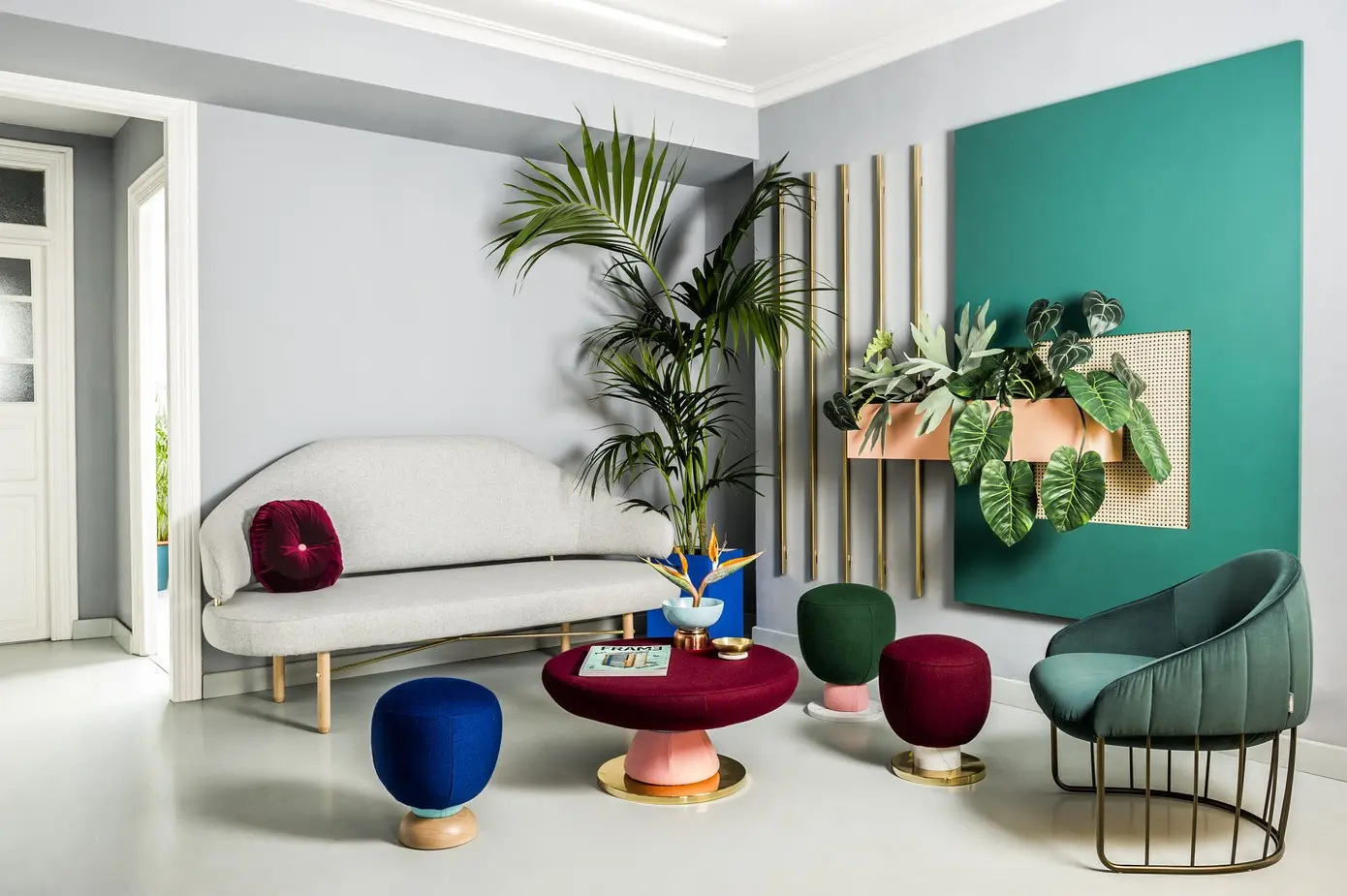
Furniture and accessories for creating emphasis
Furniture and accessories play a crucial role in creating emphasis in interior design. They can be used to guide the eye, establish a focal point, and add visual interest to a space.
One way to create emphasis with furniture is through scale and proportion. By using larger or taller pieces of furniture, designers can create a sense of grandeur and draw attention to specific areas. For example, a tall bookshelf or a large, plush sofa can become the focal point of a living room, immediately capturing attention and creating a sense of coziness.
Another effective way to create emphasis is through the use of unique or eye-catching furniture pieces. By incorporating a statement piece, such as a sculptural chair or a vintage sideboard, designers can instantly create a focal point and add personality to a space. These pieces become conversation starters and draw attention with their distinct shapes, colors, or materials.
Accessories, such as artwork, rugs, and decorative objects, also play a crucial role in creating emphasis. They can be used to add pops of color, texture, and visual interest to a space. By strategically placing accessories in specific areas, designers can draw attention and create a sense of balance and harmony. For example, a vibrant, oversized painting hanging above a console table can become the focal point of an entryway, immediately capturing attention and setting the tone for the rest of the space.
Balancing emphasis with other design elements
While emphasis is a powerful tool in interior design, it is important to strike a balance between emphasized elements and the overall design. Too much emphasis can create a cluttered and overwhelming space, while too little emphasis can result in a room that feels flat and uninspiring.
One way to achieve balance is through the concept of rhythm and repetition. By repeating certain design elements, such as color, shape, or texture, throughout a space, designers can create a sense of unity and harmony. This repetition helps to establish a visual flow and allows emphasized elements to stand out without overpowering the rest of the design.
Another important aspect of balancing emphasis is considering the functionality of the space. Designers must ensure that emphasized elements do not hinder the usability of a room. For example, a bold, oversized piece of furniture may create a striking focal point, but if it obstructs traffic flow or limits the functionality of the space, it may not be practical in the long run.
Ultimately, the key to balancing emphasis is understanding the intended purpose and mood of a room. Designers must consider the overall narrative they want to create and use emphasis to enhance that narrative, rather than overpower it.

Case studies: Examples of emphasis in interior design
To further illustrate the power of emphasis in interior design, let’s explore a few case studies of real-life spaces where emphasis has been effectively used.
Case Study 1: The Living Room Retreat
In a cozy living room retreat, emphasis has been placed on a large, floor-to-ceiling bookshelf. The bookshelf serves as the focal point of the room, drawing attention with its grand scale and beautifully displayed books and objects. The rest of the room is designed to complement the bookshelf, with comfortable seating and minimalistic decor that allows the bookshelf to shine. The emphasis on the bookshelf creates a sense of intellectual curiosity and invites guests to explore the collection.
Case Study 2: The Serene Bedroom
In a serene bedroom, emphasis has been placed on a wall painted in a soft, calming blue. The blue accent wall serves as the focal point of the room, creating a sense of tranquility and relaxation. The rest of the room is designed with neutral colors and minimalistic furniture to allow the blue wall to stand out. By placing emphasis on the wall, the designers have created a soothing atmosphere that promotes restful sleep and relaxation.
Case Study 3: The Eclectic Dining Room
In an eclectic dining room, emphasis has been placed on a unique, statement chandelier. The chandelier serves as the focal point of the room, immediately capturing attention with its bold design and vibrant colors. The rest of the room is designed with a mix of vintage and modern furniture, creating a harmonious blend of styles that complements the chandelier. By placing emphasis on the chandelier, the designers have created a dining room that is both visually striking and inviting.
Incorporating emphasis in different styles of interior design
Emphasis can be incorporated into various styles of interior design, from modern and minimalistic to traditional and eclectic. The key is to understand the principles of emphasis and use them to enhance the overall design aesthetic.
In modern and minimalistic design, emphasis is often achieved through the use of clean lines, simple color palettes, and strategic placement of furniture and accessories. Emphasis is placed on a few key elements, such as a statement piece of furniture or a unique architectural feature, while the rest of the space remains minimal and understated.
In traditional design, emphasis is often achieved through the use of rich colors, ornate furniture, and intricate patterns. Emphasis is placed on multiple elements throughout the space, creating a sense of grandeur and opulence. Traditional design often incorporates layers of emphasis, with each layer contributing to the overall narrative of the room.
In eclectic design, emphasis is achieved through the juxtaposition of different styles, colors, and textures. Emphasis is placed on multiple elements that create a sense of visual interest and intrigue. Eclectic design allows for a more playful and creative use of emphasis, with unexpected combinations and bold statement pieces.
No matter the style, emphasis is a powerful tool in interior design that can be used to create a unique and captivating space. By understanding the principles of emphasis and incorporating them into the design process, designers can transform any room into a visually stunning and emotionally engaging environment.
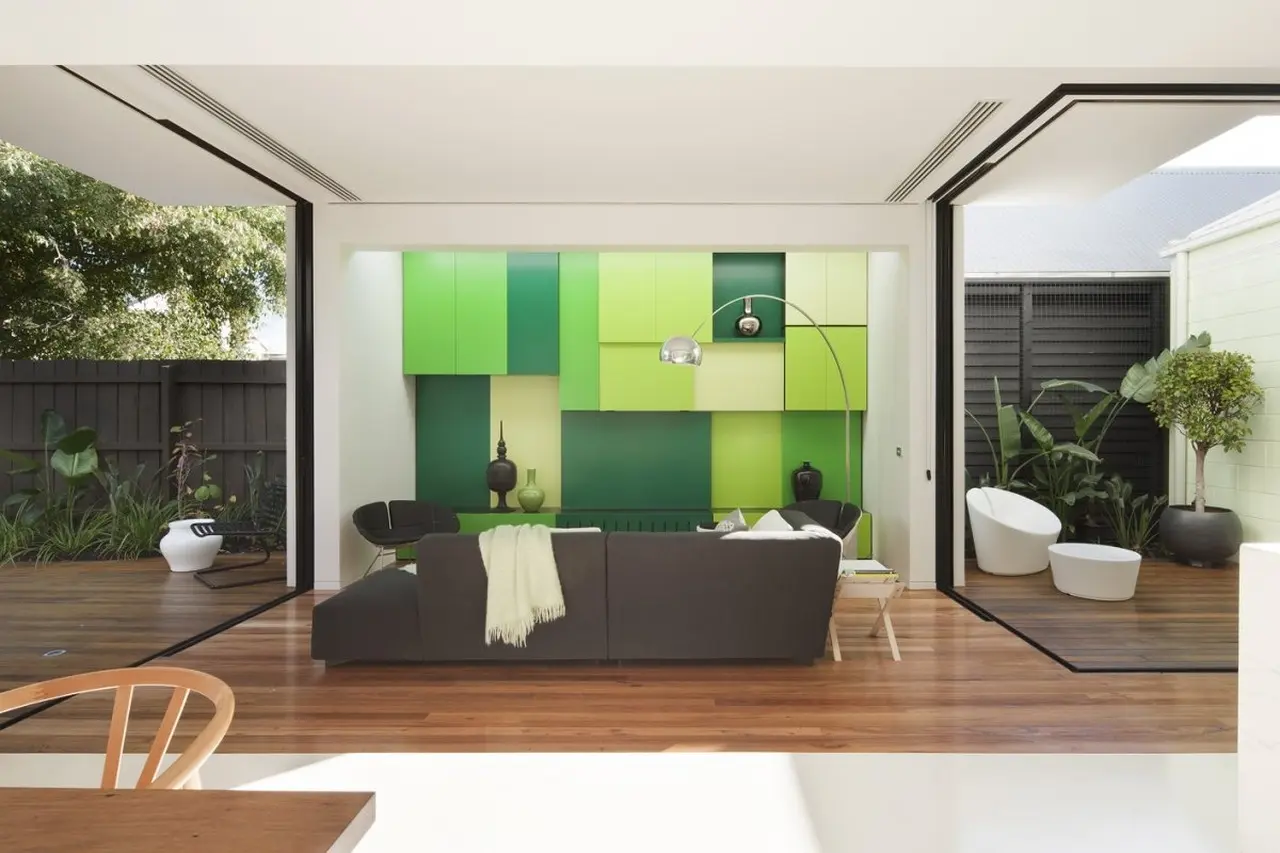
Harnessing the power of emphasis in your own space
The art of emphasis in interior design goes beyond mere aesthetics. It is a powerful tool that can transform a space, evoke specific emotions, and create a sense of harmony and balance. By strategically placing emphasis on certain elements, interior designers guide our attention and create a narrative that resonates with us on a subconscious level.
Whether you are designing your own space or working with a professional designer, understanding the principles of emphasis can help you create a space that is visually appealing, functional, and emotionally engaging. Consider the role of contrast, scale, color, lighting, furniture, and accessories in creating emphasis, and strike a balance that enhances the overall design without overpowering it.
Embrace the art of emphasis and let it guide you through the mesmerizing realm of interior design. Create focal points that capture attention, use color to set the mood, and experiment with lighting and furniture to add depth and visual interest. With the power of emphasis, your space can become a true work of art that captivates hearts and minds alike.
